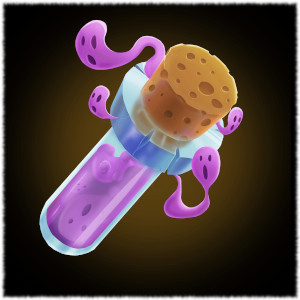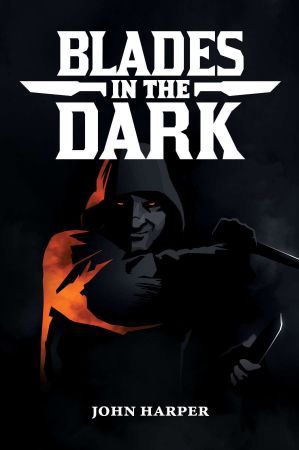Guidelines For Answering the GM Crafting Questions In Blades In The Dark

Crafting in Blades in the dark involves answering four questions. Two are answered by the player and two are answered by the GM. The GM questions involved determining the Quality and Drawbacks for the invention. Fortunately the GM has some guidelines in the Blades book to help provide guidance. This thread goes over the two GM questions using an example from my Blades In The Dark campaign.
The Crew Leech named Mort wants to create an alchemical solution. Here is his idea:
It’s a two part alchemical potion which is made as a set. One is an oil which draws an item closer to the ghost field making it invisible. The second allows the drinker to see the specific item the paired oil was used on. For example, if I spread the oil on a sword then drank the linked potion, the sword would be invisible to others but I could still see it. If I put the oil on my sword and someone else drank the linked potion, the sword would be invisible but I would not be able to see it, only the person that drank the linked potion.
For Question 2 – Quality
When determining Quality for a creation there are several factors. These are determined by the Magnitude chart on page 221. The main areas are:
Area/Scale
For Area values run from closet (0) to city block (6).
For Scale values run from 1 or 2 people (0) to 160 peoples (6).
Duration/Range
For Duration values run from a few moments (0) to a week (6).
For Range values run from within reach (0) to across the city (6).
Tier & Quality/Force
For Tier & Quality values run from Poor (0) to Legendary (6).
For Force values run from Weak (0) to Devastating (6).
Quality really comes into play when you want to make more of the potions. To make more you have to hit the Quality target during a downtime action. You make a Tinker roll then use this chart:
1 – 3 – Quality level is Tier – 1
4 – 5 – Quality level is Tier.
6 – Quality level is Tier + 1.
Critical – Quality level is Tier +2
The Workshop upgrade for the Crew adds +1 Quality to the result.
1 coin may be spent to add +1 Quality to the result.
Example: As the MC I would say the area is close and the range is reach. Duration of a few minutes (1) or an hour (2). To Tier & Quality I would say Adequate (1) if the item flickers sometimes or Good (2) if it is very difficult to detect (maybe a distortion if you watch for a while). Thus the total Quality might be 2 to 4.
For Question 4 – Drawbacks
The book has guidelines for drawbacks. It groups them into sections.
Complex – Item must be crafted in several stages where each takes a Downtime activity and associated roll.
Conspicuous – Take +1 Heat when used on an operation.
Consumable – Has limited number of uses. All alchemical formula must have this Drawback.
Rare – Creation needs rare item or material when crafted.
Unreliable – When you use this item make a Fortune roll using its Quality to see how well it performs.
Volatile – Item produces a dangerous side-effect for the user. Some side-effects are consequences that may be resisted.
Example: For this alchemical solution I might decide on Consumable and Rare. Eyes from a dead person as an ingredient. Mort believes eyes from a blind man would make a particularly powerful version of the item.
So here are details as to how this came out in my game.
Creation Name: Ghost Oil
What type of creation is it and what does it do?
It’s a two part alchemical potion which is made as a set. One is an oil which draws an item closer to the ghost field making it invisible. The second allows the drinker to see the specific item the paired oil was used on. For example, if I spread the oil on my sword then drank the linked potion, the sword would be invisible to others but I could still see it. If I put the oil on my sword and someone else drank the linked potion, the sword would be invisible but I would not be able to see it, only the person that drank the linked potion.
What is the minimum quality level of this item?
Item affected flickers based on size (e.g. smaller items do not flicker and larger items do, 1) and it lasts for minutes (1). Quality level 2.
What rare, strange, or adverse aspect of this formula has kept it in obscurity or out of common usage?
Willingly messing with the Ghost field and putting on item and your ability to see it in that space is dangerous. If something went wrong, the item could be lost to the ghost field forever.
What drawbacks does it have, if any?
Consumable and Rare. Eyes from a dead person are needed as an ingredient. Mort believes eyes from a dead blind man would make a particularly powerful version of the item.




